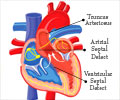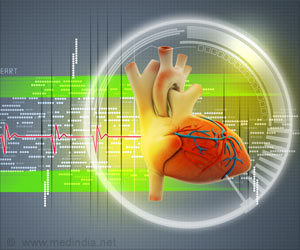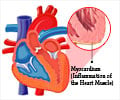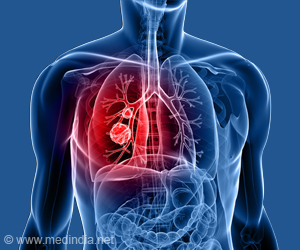3D computer models of blood flow through the heart's arteries are transforming heart disease treatment, optimizing interventions, and improving patient outcomes.
- VIRTUHeart technology creates 3D models of blood flow, aiding doctors in precise treatment decisions
- Trial shows VIRTUHeart would have changed treatment for over 20% of heart attack patients
- Potential to reduce invasive procedures, free up doctors' time, and meet the growing demand for heart care services
Rapid virtual fractional flow reserve using 3D computational fluid dynamics
Go to source).
Enhancing Treatment Precision with VIRTUHeart
During a trial conducted with doctors treating heart attack patients, the research team observed that incorporating VIRTUHeart technology would have influenced the treatment approach for over 20% of patients. By providing clearer visualization of a patient's arteries, VIRTUHeart has the potential to help doctors administer more accurate and personalized treatment, optimize the allocation of doctors' time, and address the increasing demand for heart care services.Future Implications of VIRTUHeart and NHS Integration
The researchers are currently investigating the broader application of VIRTUHeart within the National Health Service (NHS), including its potential impact on waiting lists. They are hopeful that widespread utilization of VIRTUHeart could be realized within three years, revolutionizing the assessment and treatment of heart disease and ensuring patients receive the most suitable care for their individual needs. Dr. Hazel Arfah Haley, Interventional Cardiologist at Sheffield Teaching Hospitals NHS Foundation Trust, led the study and expressed optimism about the technology's potential. She highlighted that VIRTUHeart can improve the assessment and treatment of heart disease by providing doctors with a better understanding of their patient's blood vessels.Moreover, the study team is exploring the use of VIRTUHeart in treating angina, another common heart condition, to further enhance the accuracy of initial treatment decisions.
Role of Angiograms and Challenges in Interpretation
Angiograms, a common diagnostic test involving the visualization of coronary arteries, are performed in approximately 250,000 cases each year in the UK. This test aids in identifying blockages and planning the restoration of blood supply to the heart muscle, particularly in heart attack cases. However, interpreting angiograms can be challenging when arteries are only partially blocked, complicating treatment decisions, especially for patients with complex heart disease.The VIRTUHeart Breakthrough Developed by researchers at the University of Sheffield, VIRTUHeart recreates a test called Fractional Flow Reserve (FFR) that is currently underused. FFR involves inserting a special wire into arteries to calculate blood flow. VIRTUHeart acts as a "virtual FFR" by generating computer models of a patient's blood vessels using their angiogram images. This enables doctors to assess blood flow and gain insights into the extent of blockages more accurately.
Professor Sir Nilesh Samani, Medical Director at the British Heart Foundation, expressed enthusiasm for technologies like VIRTUHeart. With approximately 100,000 annual hospital admissions resulting from heart attacks caused by narrowed or blocked coronary arteries, such innovations hold great promise in improving treatment outcomes. VIRTUHeart has the potential to reduce unnecessary interventions, lower costs, minimize complications, and free up clinicians' time to attend to other patients.
VIRTUHeart Study Results and Patient Impact
The study involved 208 patients admitted to the hospital with a type of heart attack called NSTEMI, where the coronary artery is not entirely blocked. All patients underwent coronary artery reconstruction using VIRTUHeart. Subsequently, the research team presented the virtual blood vessel models to the treating doctors. Analysis revealed that implementing VIRTUHeart would have influenced the treatment approach for 46 patients (22%).Specifically, 21 patients who received invasive procedures, such as stent placement, would have been treated solely with medication if VIRTUHeart had been used to plan their treatment. Overall, VIRTUHeart could have reduced the number of stents fitted by 42, representing an 18% decrease.
The VIRTUHeart system, developed by the Mathematical Modeling in Medicine research group at the University of Sheffield in collaboration with the Insigneo Institute and Sheffield Teaching Hospitals NHS Foundation Trust, holds great promise for transforming heart disease treatment. Its ability to create 3D computer models of blood flow through the heart's arteries provides doctors with crucial insights for making informed treatment decisions. As further research and integration into the NHS progress, VIRTUHeart has the potential to revolutionize heart care services and improve patient outcomes.
Reference:
- Rapid virtual fractional flow reserve using 3D computational fluid dynamics - (https://academic.oup.com/ehjdh/advance-article/doi/10.1093/ehjdh/ztad028/7135726)
















